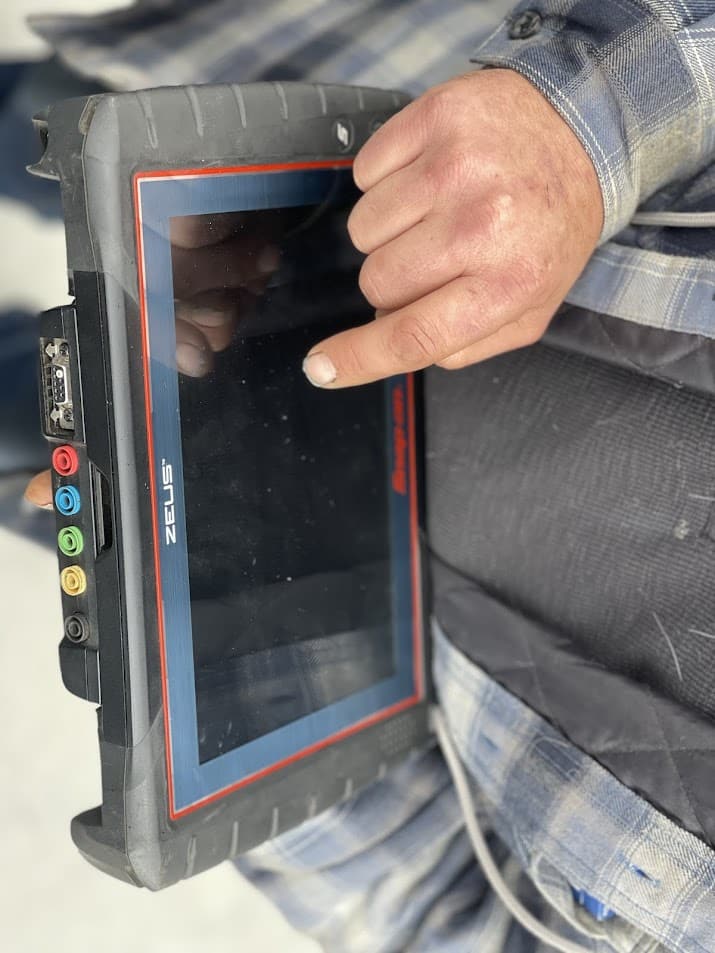“Plug this scanner in and it will tell you exactly what’s wrong with your vehicle!”
Scanners for your car are not like getting a x-ray or CT scan. They rarely provide a specific answer. What you get is a grouping of numbers known as “codes.” Your vehicle’s computer is programmed to “throw a code” for anything outside of a particular range or parameter.
A code paints a picture of what could be going on. For example, a P0301, a cylinder one misfire, could be “thrown” by the module for a multitude of issues, like, a spark plug, the spark plug wire, coil-if you don’t have a wire, distributor cap, fuel injector or even weak compression in that cylinder. A code isn’t going to tell you the exact cause; it does tell you the symptom(s) your car is displaying.

Not all scanners are created equal.
A common type of scanner on the market for the average car owner is a one-directional scanner. Some versions of this scanner will only provide the codes, while others give you some live data.
A more robust scanner is bi-directional, meaning not only can you pull the codes, but you can also communicate back and forth with the computer. Many of these scanners allow you to communicate with the modules in the car. Modules are small computers that control a variety of functions, such as the engine, transmission, power seats, or air conditioning, just to name a few. The benefit of the bi-directional scanner is the two-way communication, as it gives you the ability to control a multitude of functions, like, a car’s throttle bottle or turning on/off fans. Essentially, you become the brain. You are able to monitor missed fires, read O2 sensors, rpm, and throttle blade percentages. The ability to gather more data helps to pinpoint the problem. These scanners are very expensive.
A code is a data point. It does not give you an exact diagnosis; in our experience, guessing can be very expensive.
This is why you want to work with a professional.

Leave a Reply